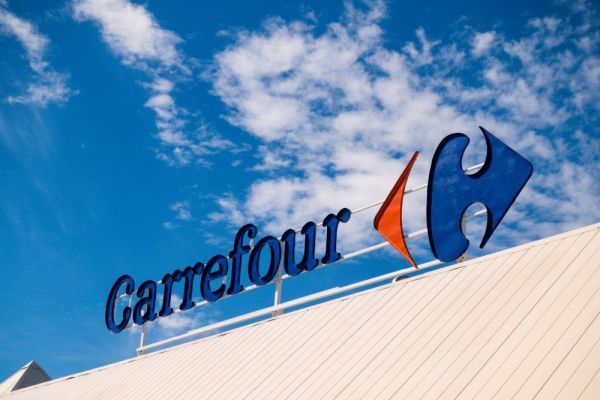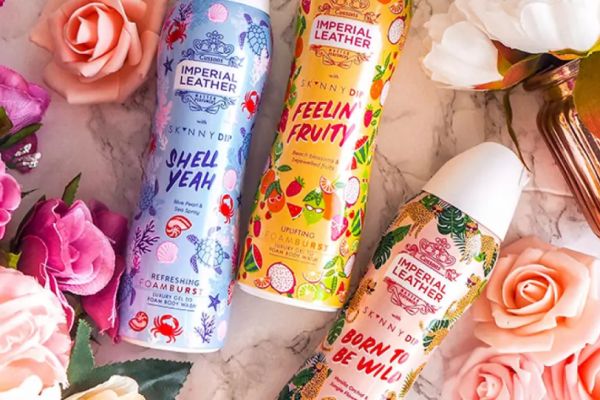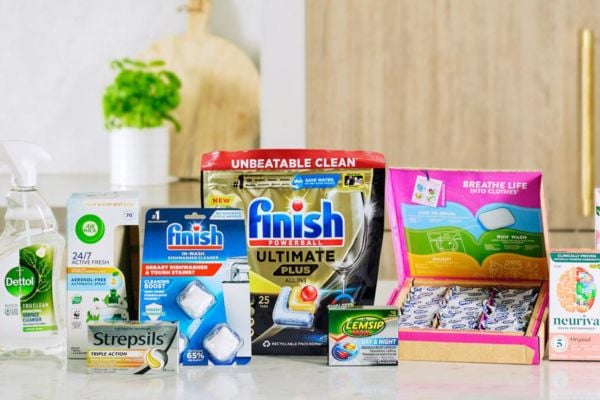Procter & Gamble Co., the world’s largest consumer-products company, plans to sell, discontinue or otherwise eliminate as many as 100 brands in the next two years to cut costs and focus on its most important product lines.
The 70 to 80 brands that will remain have accounted for 90 per cent of the company’s sales and more than 95 per cent of its profit in the past three years, chief executive officer A.G. Lafley said today on a conference call to discuss fourth-quarter earnings.
Lafley has said he was reevaluating the company’s portfolio of brands and already started to narrow P&G’s focus since returning as CEO last year. So far his most notable move was agreeing to sell most of P&G’s pet-food operations, including Iams and Eukanuba, for $2.9 billion earlier this year. The company’s top brands include Tide detergents, Pampers diapers, Crest toothpaste and Gillette razors.
“This will be a much smaller and less complicated company of brands that will be easier to operate,” Lafley said. The strategy will lead to a “significant rationalisation” of product items and a more “significant pruning” of unproductive selling units, he said.
Dozen Units
The company’s remaining brands will be organised into a dozen business units in four sectors, Lafley said. Most of the brands P&G is keeping are leaders in their industries or categories: 23 have sales of $1 billion to $10 billion, and most of the remainder have sales of $100 million to $500 million, he said.
Marketing, research and development, manufacturing and the company’s supply chain all will benefit from having fewer brands on which to focus, Lafley said.
Sales declined 1 per cent to $20.2 billion in the period ended June 30.
Organic sales, which exclude the effects of acquisitions, divestitures and foreign-exchange rate fluctuations, rose 4 per cent in fabric and home care as well as in baby and feminine care. Sales on that basis were little changed in beauty products.
‘Not Great’
While the results were “not great,” they were a relief because of lowered expectations, Ali Dibadj, an analyst at Sanford C. Bernstein & Co. in New York, said today in an e-mail.
For the current year, the company forecast profit growth in the “mid-single” digits in percentage terms. Organic sales will grow in the “low-to-mid single” digits, it said.
Bloomberg News, edited by ESM














